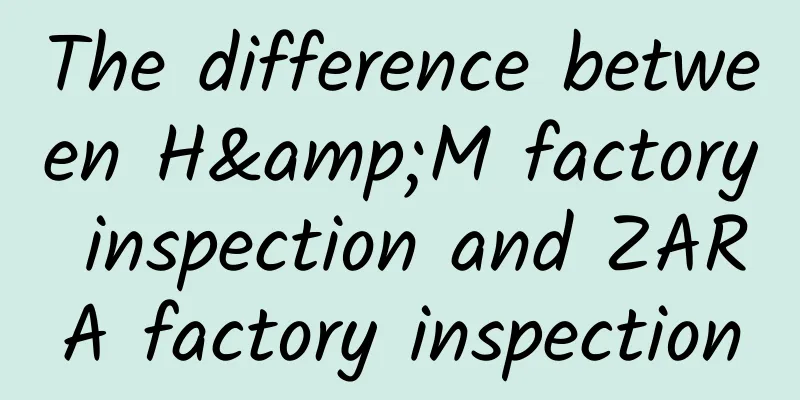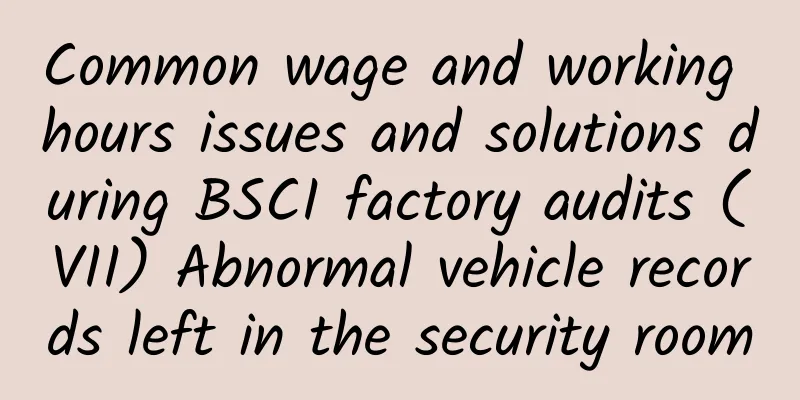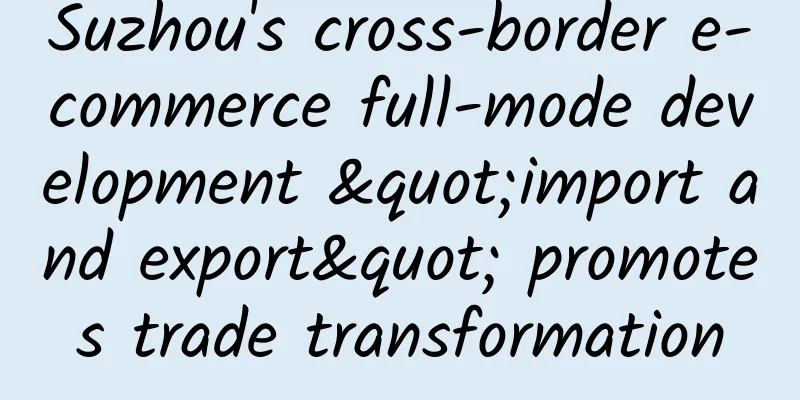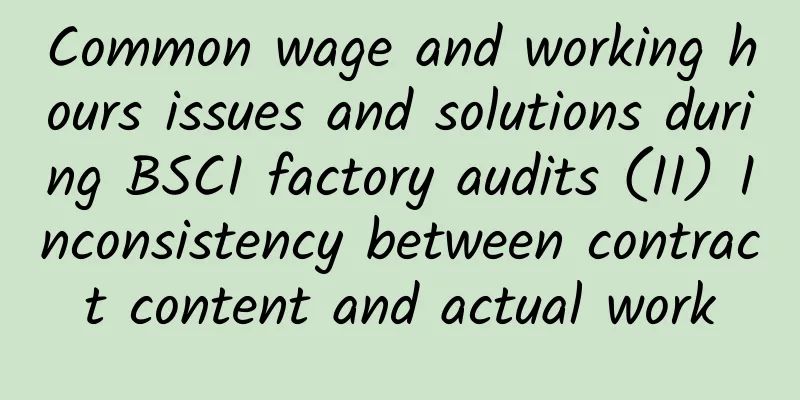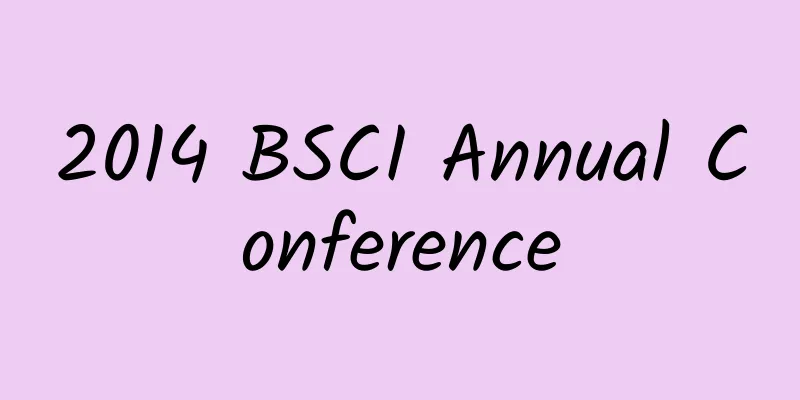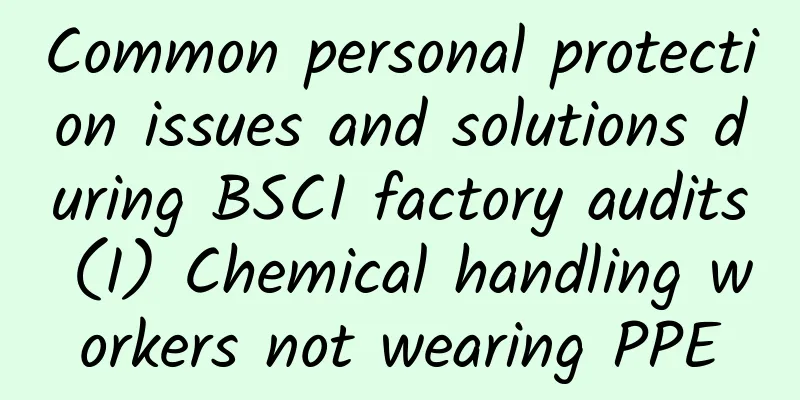Deficiencies in BSCI certification

|
In addition to BSCI's over-reliance on social audits, the Clean Clothes Campaign has also found other shortcomings of BSCI: Lack of transparency: BSCI never discloses factory locations or information about social audits. Audit results are only sent to the audited suppliers and BSCI member companies, and even the Advisory Board members do not receive the final report. BSCI does not publish an annual report like other certification organizations, and does not summarize the members' reports or provide any information about the activities of member companies, such as the countries where suppliers are located, the number of suppliers, how many of them were audited, etc. Therefore, interested parties cannot compare/evaluate the performance of BSCI member companies. 61 Importantly, the results of the audits, when they were conducted, and the scope of the audits are not disclosed to workers. A representative of the Romanian GTZ/AVE program said that the BSCI model stipulates that managers have the responsibility to share audit results with workers, but in reality "it depends on the factory manager" whether this is implemented. The case of Factory C in Pakistan best illustrates the low standards of the BSCI model. This company was audited under the GTZ/AVE program, and the factory manager said that although they had two factories in the same industrial zone in Karachi, only one was audited. When asked why, the manager replied that their buyers only needed one of the factories to be AVE-qualified (KarstadtQuelle and C&A are both BSCI members). This practice not only makes it easy for suppliers to transfer workloads from the "model" factory to the factory that was not audited, but also makes it easier for buyers to avoid risks rather than take real responsibility. The Pakistani researchers found that managers of factories that were audited under the AVE program denied having subcontractors, and there was no agenda item on this issue during the audit (for the importance of subcontractors to the Code of Conduct, see Chapter 2). Transferring certification costs to suppliers: BSCI's provisions on sharing social audit costs are worth noting - BSCI stipulates that the costs of audits and subsequent rectification (called "qualification" in BSCI's words) are borne by BSCI members and suppliers by agreement. Due to the unequal power between buyers and suppliers, this provision actually means that suppliers have to bear most of the costs. Labor rights advocates have been fighting for this issue for a long time, believing that suppliers should be fully compensated after paying certification fees. The provisions on fees are biased towards buyers, which is why many retailers join BSCI. With BSCI, retailers have to invest less manpower and material resources in internal system implementation and compliance with codes of conduct than other similar responsibility certifications. Although the cost of helping suppliers meet sa8000cn.cn/BSCI/">BSCI standards is nominally borne by buyers and suppliers, many facts have proved that it is always the suppliers who pay the audit fees unilaterally and rectify the problems found in the audit. (Excerpt from "Haste makes waste-the dilemma and solution of social auditing") |
<<: Factory Hygiene Management in BSCI
>>: Internal corporate social responsibility audit procedures
Recommend
Common wage and working hours issues and solutions during BSCI factory audits (III) Penalty clauses in public notices
Problem phenomenon: The public notice contains a ...
What is the business model of Quanzhou’s cross-border e-commerce?
Development characteristics: Outstanding agglomer...
Coca-Cola factory audit content - environmental protection
Coca-Cola factory audit content - environmental p...
GSV C-TPAT Overseas Factory Security Recommendations
Overseas factories should establish and implement...
Walmart factory inspection requirements for eyewash stations
Walmart factory inspection requirements for eyewa...
Introduction to HACCP Certification
HACCP is the abbreviation of Hazard Analysis and C...
How is AVASK Accounting Firm? What services does AVASK Accounting Firm provide?
How about AVASK Accounting Firm? AVASK (UK) Accou...
How is Hongfeng Investment? What services does Hongfeng Investment provide?
Shenzhen Gangfeng Investment Consulting Co., Ltd....
DrumUp — Manage your social media accounts for free
If you're looking for more help with content ...
What are the differences between bonded warehouses, supervised warehouses, and ordinary warehouses? What are their characteristics?
The cross-border e-commerce platforms currently i...
What information is needed to register in Lazada? How to register in Lazada?
What information is needed to register on Lazada?...
How is Kerry E-Commerce? What services does Kerry E-Commerce provide?
How about Kerry E-Commerce? Kerry E-Commerce Co.,...
[eBay Newbies] How to avoid eBay product infringement?
eBay has zero tolerance for infringing products, ...
A brief understanding of the role of ISO17025 laboratory accreditation
ISO17025 is an international standard for laborat...
BSCI factory audit electricity safety issues and solutions
Common electrical safety issues and solutions dur...
